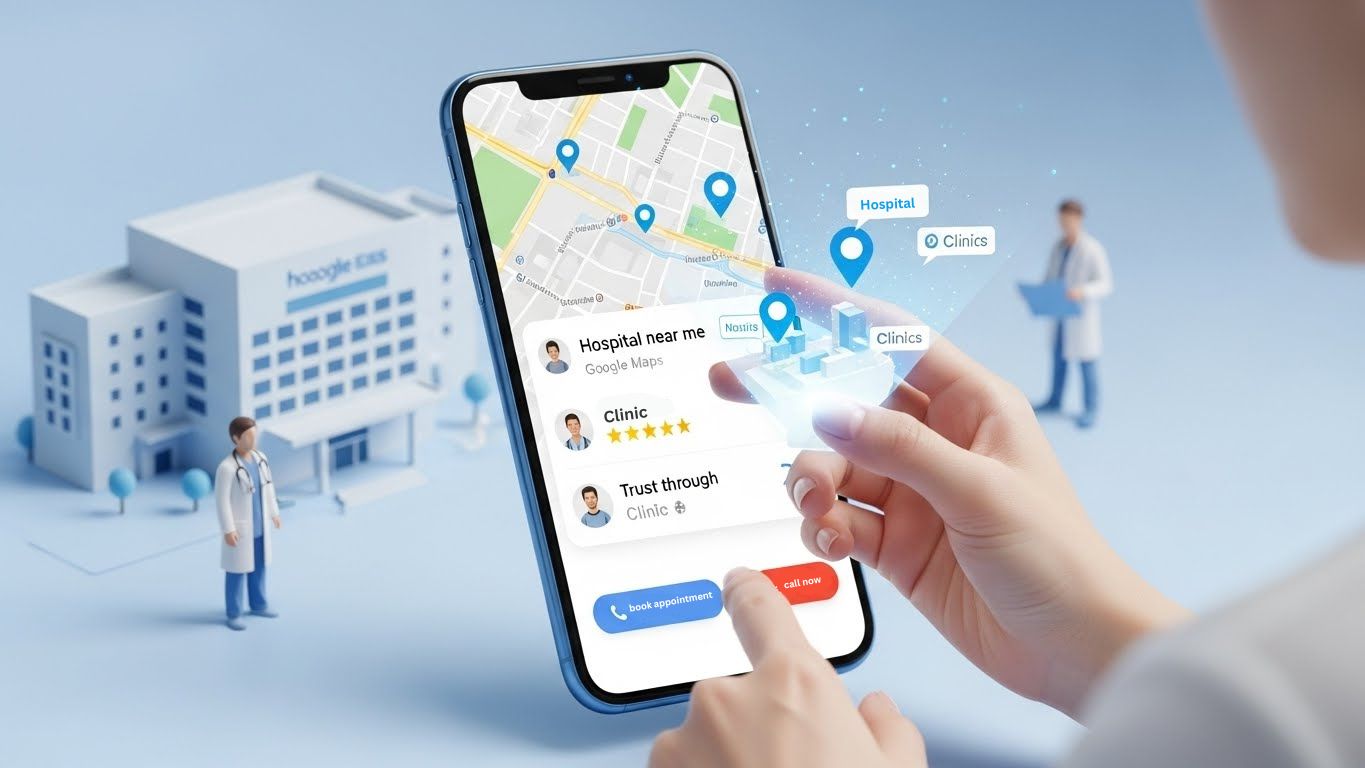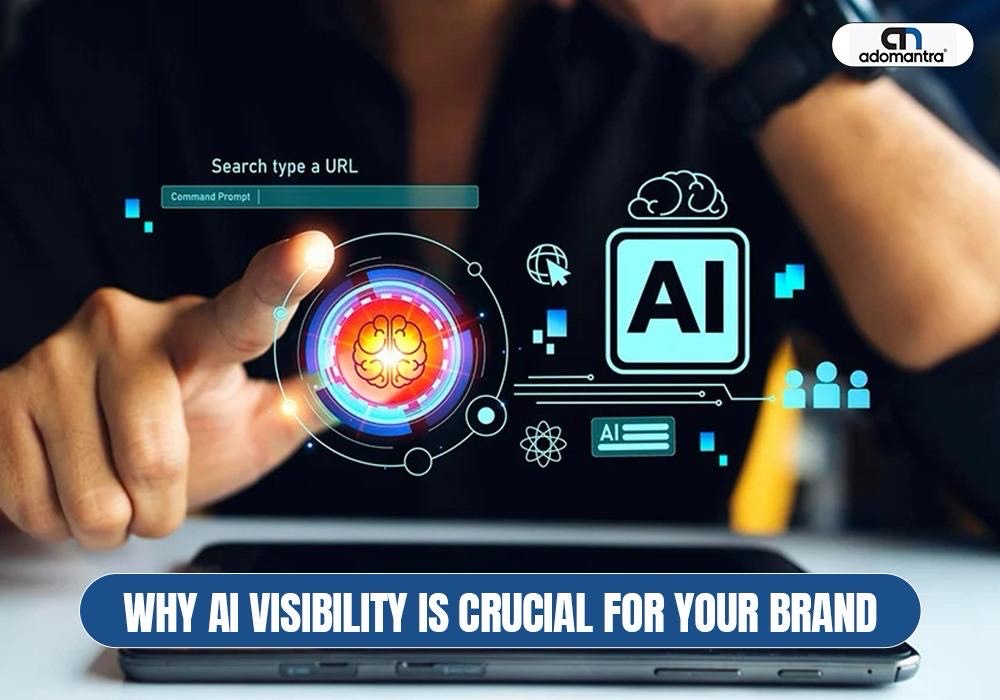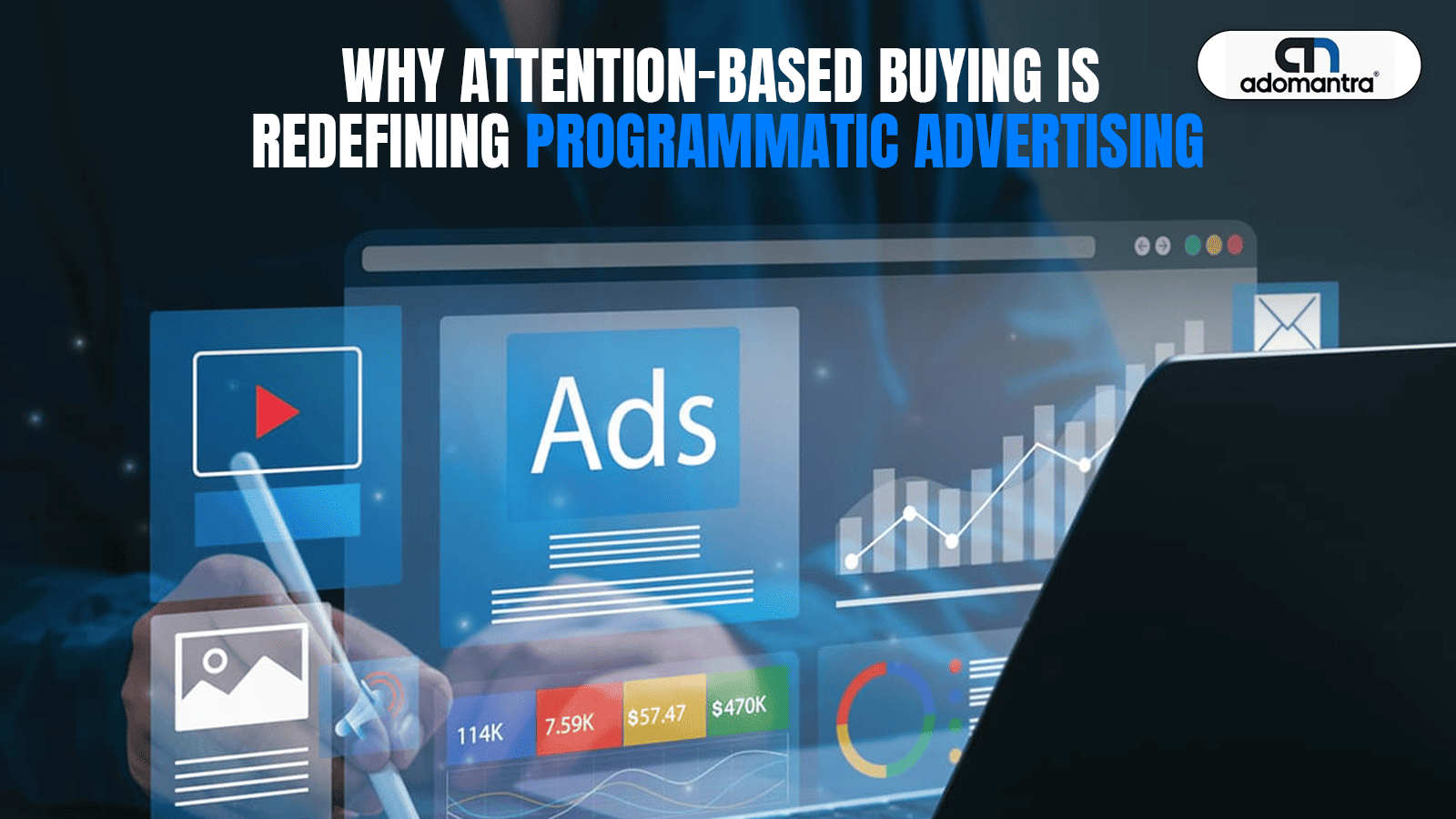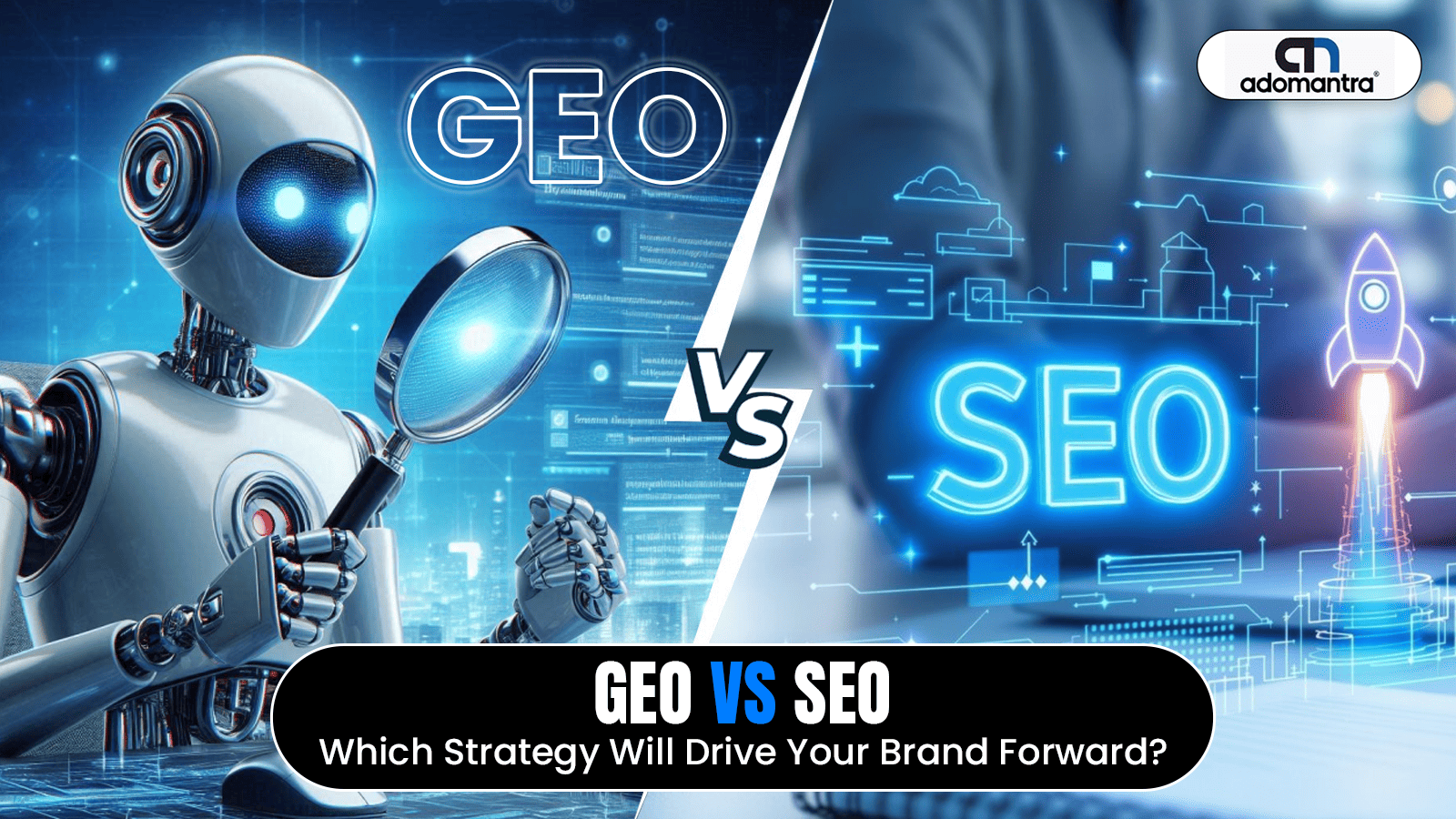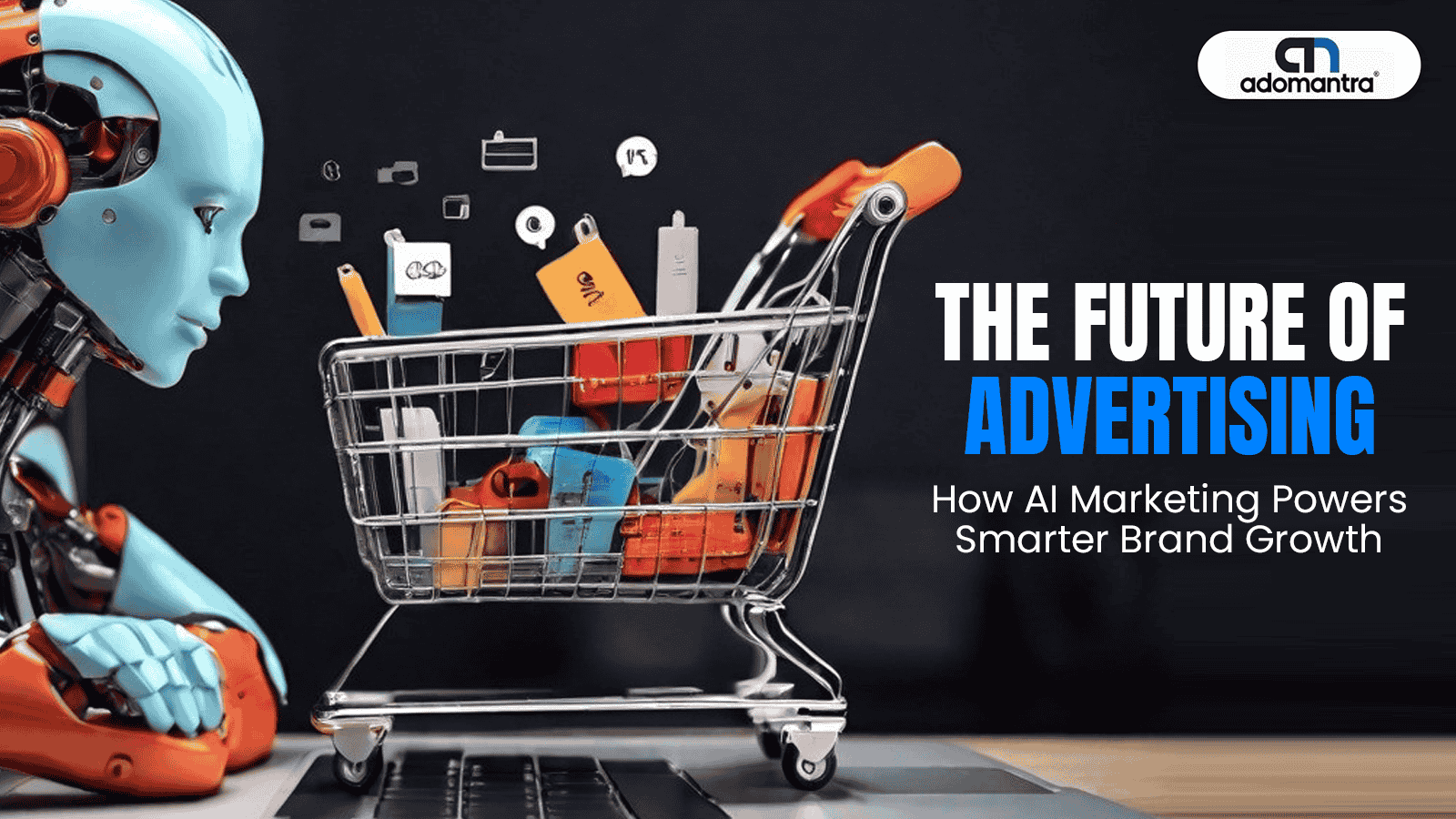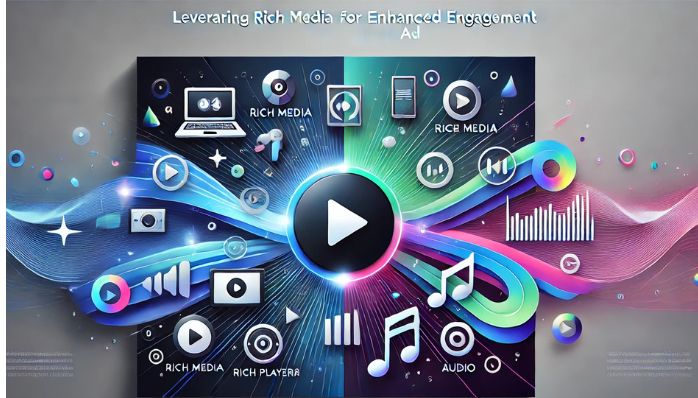
Leveraging Rich Media for Enhanced Ad Engagement
Did you know that interactive ads can get up to 300% more engagement than regular ads? In the modern blistering pace of digital, businesses try to capture customer attention more effectively. As more people consume more digital content, traditional ad formats are losing their efficiency, which is an important creative innovation of advertising strategies for a brand. That's where interactive ads and rich media come into play.
Rich media for ad engagement provide a dynamic way to connect with audiences on a deeper level. These ads grab attention and boost user engagement, which leads to higher conversion rates. Adomantra, since 2012, has been in the front row when it comes to digital advertising.
This blog will dive into how leveraging interactive ads and multimedia ad content can boost ad engagement, increase brand recall, and create better business outcomes!
Table of Contents
- What are Interactive Ads and Rich Media?
- How Do Rich Media Ads Compare to Static Ads?
- Benefits of Interactive Ad and Multimedia Ad Content
- Different Types of Rich Media Ad Formats
- Key Strategies for Creating Successful Interactive Ads
- Adomantra’s Approach to Leveraging Rich Media for Digital Marketing
- Frequently Asked Questions
What are Interactive Ads and Rich Media?
Interactive ads are digital advertisements that engage users by encouraging them to interact with the content. These ads go beyond static visuals or texts by incorporating various elements such as videos, animations, quizzes, or clickable components that prompt the user to take action.
Rich media for ad engagement utilizes all kinds of interactive features that might include sounds and video or any other form of multimedia. Rich media ad formats help brands to present their message in a creative, dynamic manner, which results in users being able to interact with the content easily.
How Do Rich Media Ads Compare to Static Ads?
Rich media for ad engagement is quite different from static ads in engagement and overall performance. Static ads use simple text or images to convey a message, whereas in rich media ads, interactive elements are used to convey the message, which may include videos, audios, or clickable components. Here is a detailed comparison that will help you learn about the differences:
|
Criteria |
Rich Media Ads |
Static Ads |
|
Interactivity |
Highly interactive, allowing user engagement |
Limited interactivity; mostly viewed passively |
|
Content Format |
Incorporates video, audio, animations, and more |
Simple text, images, or banner ads |
|
Engagement Levels |
Higher engagement and click-through rates |
Lower engagement and limited user interaction |
|
Use Cases |
Ideal for storytelling and complex product demos |
Best for simple messages and brand awareness |
|
Flexibility |
Offers flexible design options |
Limited flexibility in design and content delivery |
|
User Experience |
Provides an immersive and memorable experience |
Limited user experience, less impactful visually |
Benefits of Interactive Ad and Multimedia Ad Content
Interactive and multimedia ads enable both B2B and B2C firms to derive more positive results from advertising. B2C marketers use these ads to create a more interactive customer experience, whereas B2B marketers use them to demonstrate their complex product or service in a simpler manner. Certain key advantages of rich media for ad engagement are:
-
More Engaging: Interactive ads are more engaging as they catch the users attention much better compared to static ads, which means users click more and interact with such ads.
-
Better Brand Recall: The reason is quite simple, since these ads are more engaging and more memorable, it ultimately contributes to better brand awareness and recall.
-
Improved Conversion Rates: Interactive advertisements provide a richer experience by converting potential leads to customers more efficiently.
-
Effective Data Collection: With interactive features like surveys or polls, businesses can gather valuable customer insights.
-
Better User Experience: Interactivity within advertising makes the advertisement more personal, hence more engaging to the target audience.
Different Types of Rich Media Ad Formats
Rich media formats which are used by rich media advertising agency like Adomantra are diverse and can be customized based on the campaign goals. They can be tailor-made, keeping campaign objectives in mind. Each format has its advantages, which yield different types of audience involvement.
A few popular rich media for ad engagement formats include:
|
Rich Media Ad Format |
Description |
Best Used For |
|
Expandable Ads |
Ad units that expand when clicked or hovered over, revealing more content |
Highlighting additional product information or visuals |
|
Video Ads |
Ads featuring video content, which can autoplay or require user interaction. |
Brand storytelling or product demonstrations |
|
Interstitial Ads |
Full-screen ads that appear at natural breaks in content, requiring the user to engage. |
Capturing full user attention for high-impact messaging |
|
Overlay Ads |
Ads that appear over existing content without disrupting user experience. |
Non-intrusive way to provide additional information |
|
Carousel Ads |
Ads featuring multiple slides of images or videos, allowing users to swipe through the content. |
Showcasing multiple products or features |
|
Gamified Ads |
Ads that include a game-like experience, encouraging users to interact and play. |
Engaging users in a fun and memorable way |
Interesting Fact: Rich media for ad engagement have been found to generate up to 5 times more engagement than standard banner ads.
Key Strategies for Creating Successful Interactive Ads
To create effective interactive ads, one has to mix creativity with strategic reasoning. According to Adomantra, the key strategies for rich media for ad engagement are:
-
Keep it simple yet impactful: The ad should strike the eyes and not burden the user. Try to use very clear and simple call-to-actions with easy navigation.
-
Use Visual and Textual Prompts: The user guides through an ad with textual and visual prompts that show a user how to interact with the ad.
-
Leverage the Power of Storytelling: During story-based interactive ads, users will be more engaged and therefore build a strong rapport with a brand.
-
Optimize for Multiple Devices: Let your interactive advertisements be compatible with multiple devices, be it desktop, tablet, or smartphone.
-
Pro Tip: The first three seconds of your ad are crucial for capturing user attention. Use engaging visuals or animations to make an impact.
Adomantra’s Approach to Leveraging Rich Media for Digital Marketing
At Adomantra, innovation is how we shape the future of digital media buying. Our approach to rich media for ad engagement is to reap value for our clients by empowering them with unique and engaging ad formats which resonate with their target audience. Here's how we make it happen:
-
Understanding audience needs: This analysis gives a pattern of user behavior and preference where ads can be developed to suit their needs.
-
Incorporation of Rich Media Elements: Our experts use a mix of videos, animations, and interactive features to make the ad more interesting.
-
Continuous Optimization: We continuously test and optimize our ads with key performance indicators to realize the best outcome.
-
Targeted Advertising: We ensure that, with advanced drawing options, your interactive ads find the perfect audience at the right time.
Ready to turn your bold ideas into powerful results?
Partner with Adomantra today to create interactive ad campaigns that elevate your brand’s digital presence with our amazing programmatic advertising solutions and rich media innovations etc.
Contact us now to explore how we can help you engage your audience like never before!
Frequently Asked Questions:
Q1: What is rich media in advertising?
A1: Rich media refers to an ad format that is interactive in digital advertising, with elements like videos, animations, or clickable components. These make advertisements dynamic and therefore more engaging than static ones.
Q2: What benefits does a rich media ad offer?
A2: Rich media advertising brings higher engagement, better brand recall, increased creativity, improved conversion rates, and more detailed analytics for performance tracking.
Q3: Are rich media ads effective?
A3: Yes, the rich media advertisements are considered very effective. They tend to capture user attention more compared to static ads and interact with them to raise the conversion rates.
Q4: What are some common rich media ad formats?
A4: The regular rich media formats include expandable ads, video ads, carousel ads, interstitial ads, and gamified ads-all of which have their own interactive capabilities to make a user more soiled or engaged with the ad.

